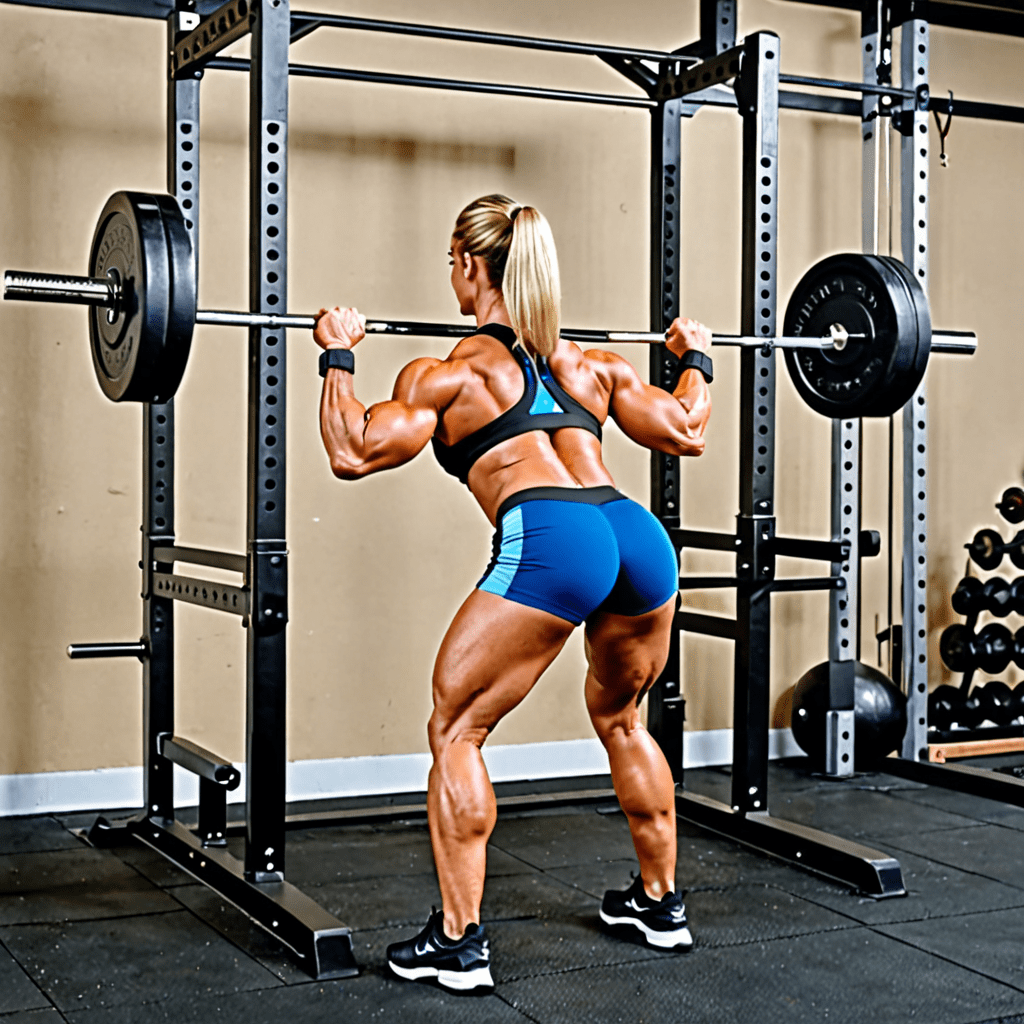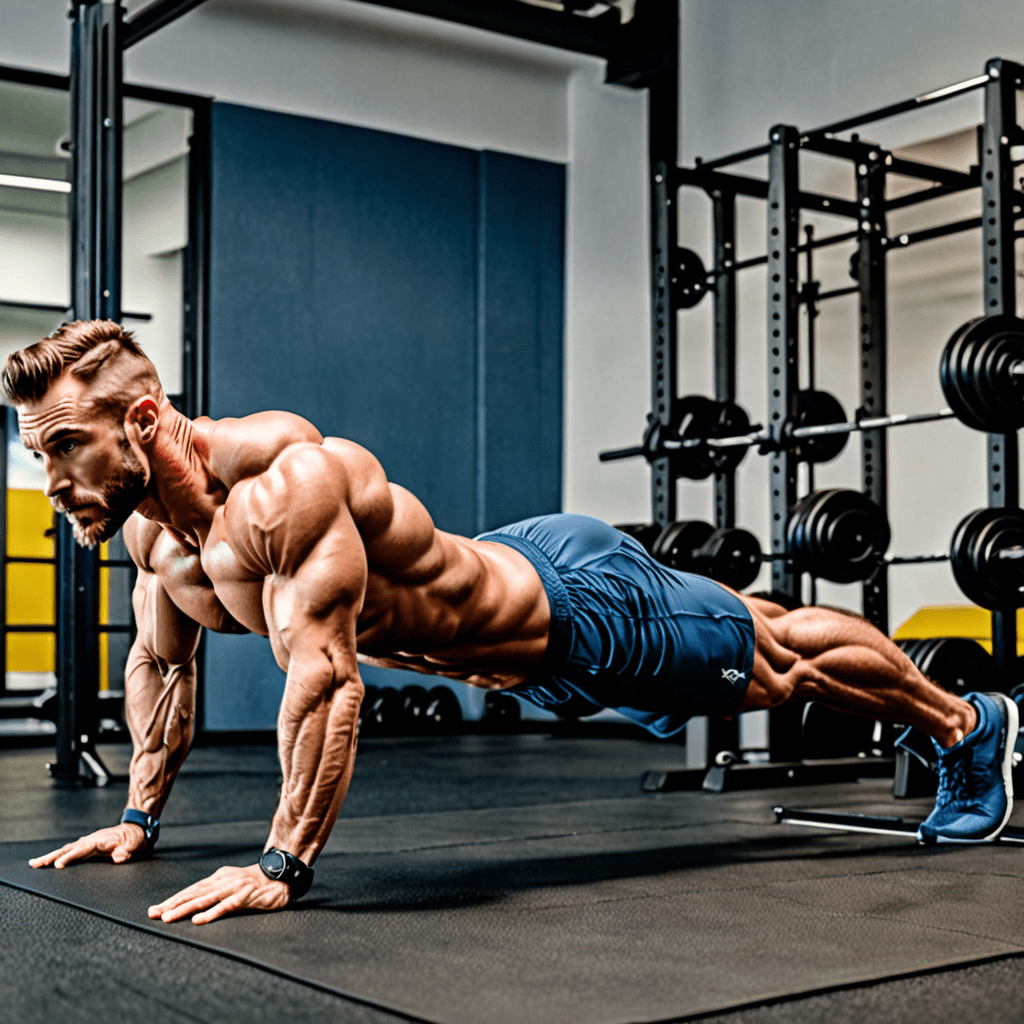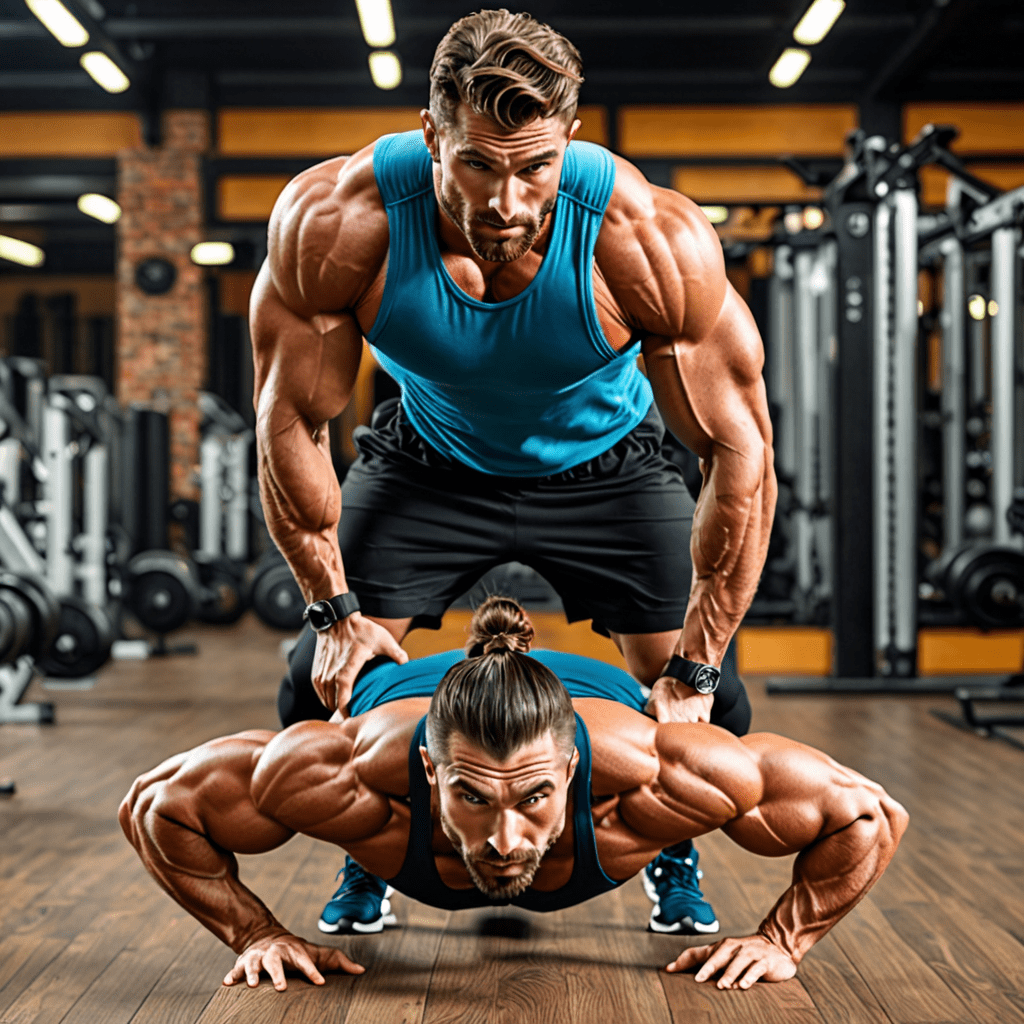
Mastering Your Squat: Proper Bar Placement for Optimal Performance
When performing squats, the placement of the bar on your back plays a crucial role in the effectiveness and safety of the exercise. Understanding the correct placement can help you optimize your performance and minimize the risk of injury.
High Bar vs. Low Bar
The first decision to make is whether to use a high bar or low bar position. The high bar position rests on the upper traps, while the low bar position sits lower on the back, typically on the rear deltoids. Each position has its own advantages and is suited for different squat variations.
High Bar Position
The high bar position is popular among weightlifters and is often used for Olympic-style squats. Placing the bar on the upper traps allows for a more upright torso, which can help target the quadriceps and glutes. This position also requires a more upright torso, placing less stress on the lower back.
Low Bar Position
The low bar position is commonly favored by powerlifters. Placing the bar lower on the back shifts the center of gravity and allows for a more significant contribution from the hips and posterior chain during the squat. This position can handle more weight and may assist in lifting heavier loads.
Finding Your Placement
Experimenting with both positions can help you find the most comfortable and effective placement for your body. It’s essential to consider factors such as mobility, torso length, and individual anatomy when determining the ideal bar position.
Tips for Proper Placement
Regardless of the chosen position, it’s crucial to ensure that the bar rests securely on the back to prevent it from shifting during the squat. Additionally, maintaining a tight upper back and keeping the chest up can provide stability and support during the movement.
Final Considerations
Ultimately, the best bar placement for your squat will depend on your specific goals, body type, and comfort. Regularly assessing and adjusting your bar position can help you optimize your squat performance and reduce the risk of injury.
FAQ
Q: Should I always stick to one bar position for squats?
A: It’s beneficial to experiment with both high bar and low bar positions to determine which feels most effective and comfortable for your body. Depending on your training goals and individual anatomy, you may find that one position works better for certain squat variations or overall performance.

